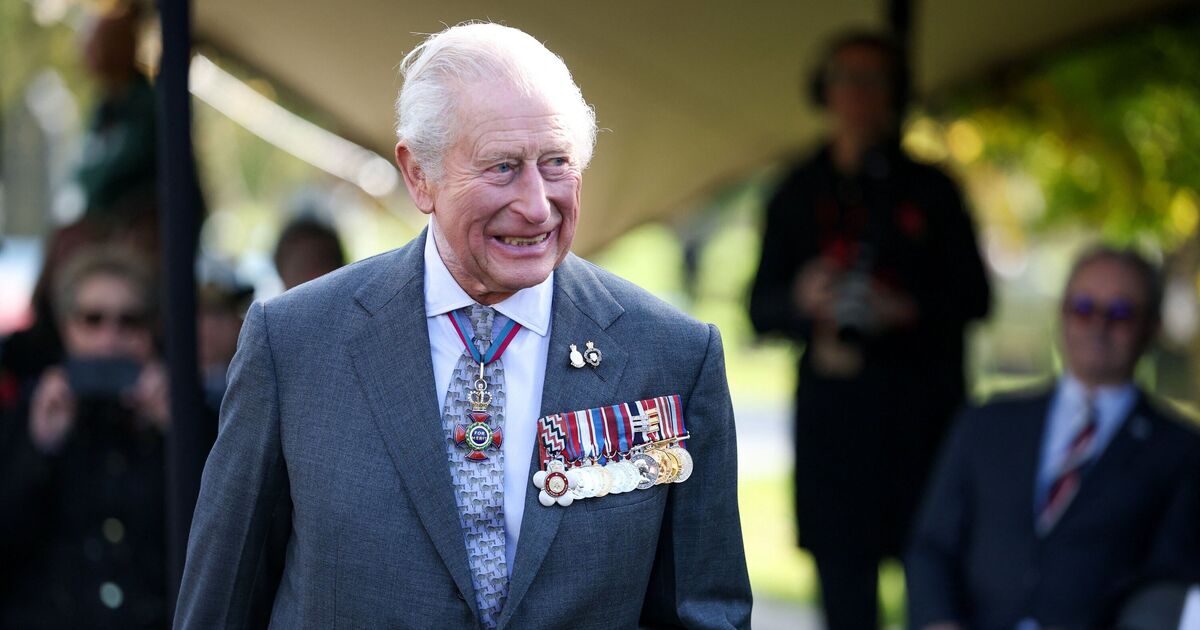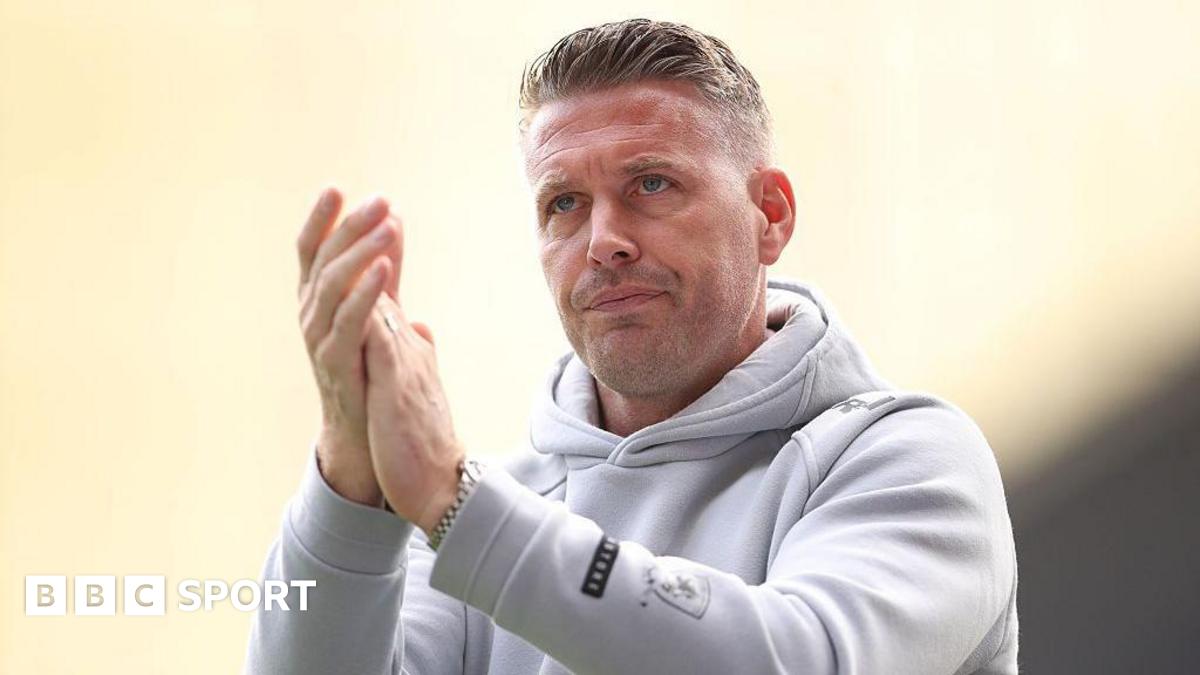A new setting in iOS 26.1 gives you more control over how Liquid Glass elements appear across your iPhone. This new setting could help resolve readability issues some folks on Reddit noted, so if you’ve had trouble reading things on your device,…
Author: admin
-

The tragic murder of forgotten US President James Garfield
 Getty Images
Getty ImagesGarfield’s inauguration ceremony in March 1881; he set out as President with an ambitious agenda (Credit: Getty Images) Makowsky’s crucial task was to sift through Millard’s detailed dive into the history of the assassination and construct…
Continue Reading
-

King Charles hits ‘new low point’ forcing him to strip Andrew’s privileges – Royals – News
King Charles was out for a walkabout when he was heckled by an onlooker, which one royal expert deemed a new low point for the monarch.
Charles was outside Lichfield Cathedral in Staffordshire, England, when a member of the crowd yelled at him,…
Continue Reading
-

The Street Style Way to Wear a Funnel-Neck Jacket
Since Phoebe Philo came back on the scene, the funnel neck jacket has become a fashion must-have. The designer’s first collection for her namesake brand featured the striking silhouette. Now it is becoming ubiquitous, and it’s easy to see…
Continue Reading
-
Today’s Wordle Hints for Nov. 9, 2025 – The New York Times
- Today’s Wordle Hints for Nov. 9, 2025 The New York Times
- Today’s Wordle Hints, Answer and Help for Nov. 8, #1603 CNET
- Wordle November 8, 2025 puzzle hints and answers: A helpful guide for fans financialexpress.com
- Wordle today: Clues and…
Continue Reading
-

First Radio Signal from 3I/ATLAS: Absorption by Hydroxyl Radicals (OH Molecules) | by Avi Loeb | Nov, 2025
Press enter or click to view image in full sizeThe MeerKAT Radio Telescope in South Africa. (Credit: Wikimedia) MeerKAT, a radio telescope with a diameter of 13.5 meters operated by the South African Radio Astronomy Observatory, announced that…
Continue Reading
-

New Diabetes Subgroups Reveal Need for Personalised Care
A SYSTEMATIC review examined the characteristics of a novel subgroup classification system for adult diabetes. The study, which analysed nearly 60,000 adult diabetes cases from 19 research papers, explored a new way of grouping diabetes that…
Continue Reading
-
Just a moment…
Just a moment… This request seems a bit unusual, so we need to confirm that you’re human. Please press and hold the button until it turns completely green. Thank you for your cooperation!
Continue Reading
-

Rob Edwards: Middlesbrough boss to hold talks with Wolves after deal agreed
Sources close to the situation say Edwards was willing to complete all the duties he has been removed from, with Boro taking the decisions regarding Friday’s training session and news conference and Saturday’s match.
They are believed to have been…
Continue Reading
-

The 6 best budget earbuds of 2025, tested by audio experts
{
container.appendChild(contentItem);
});”>The EarFun Air Pro 4 earbuds may not come from one of the more well-known audio brands, but they have some of the best battery life and noise cancellation we’ve…
Continue Reading
